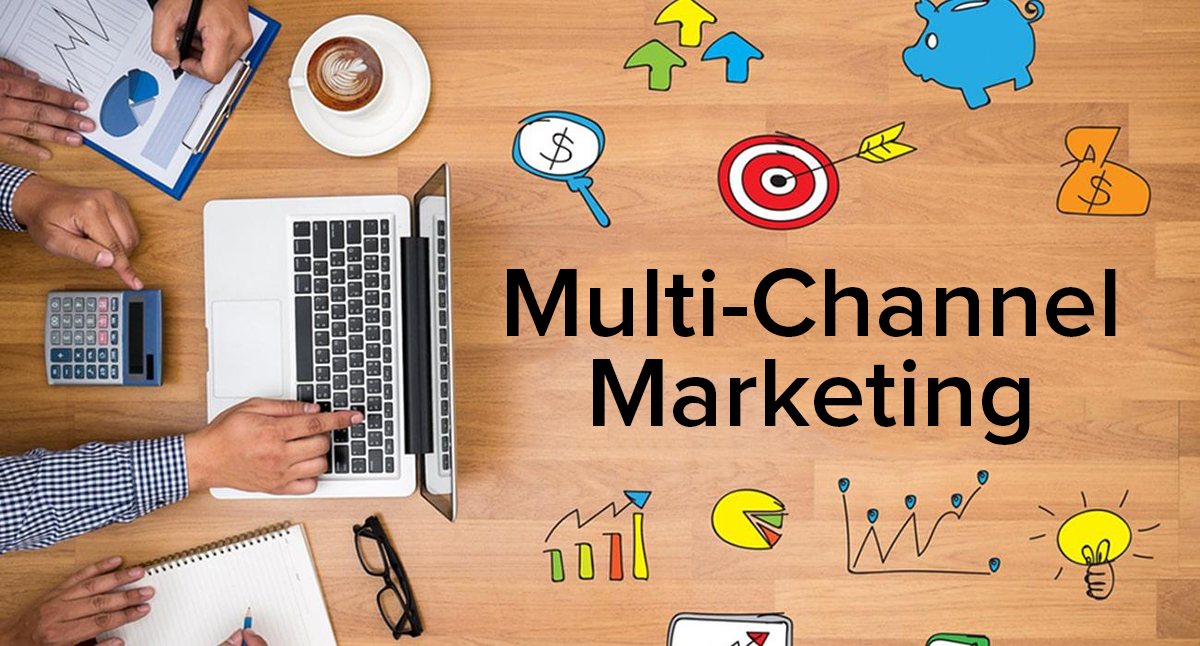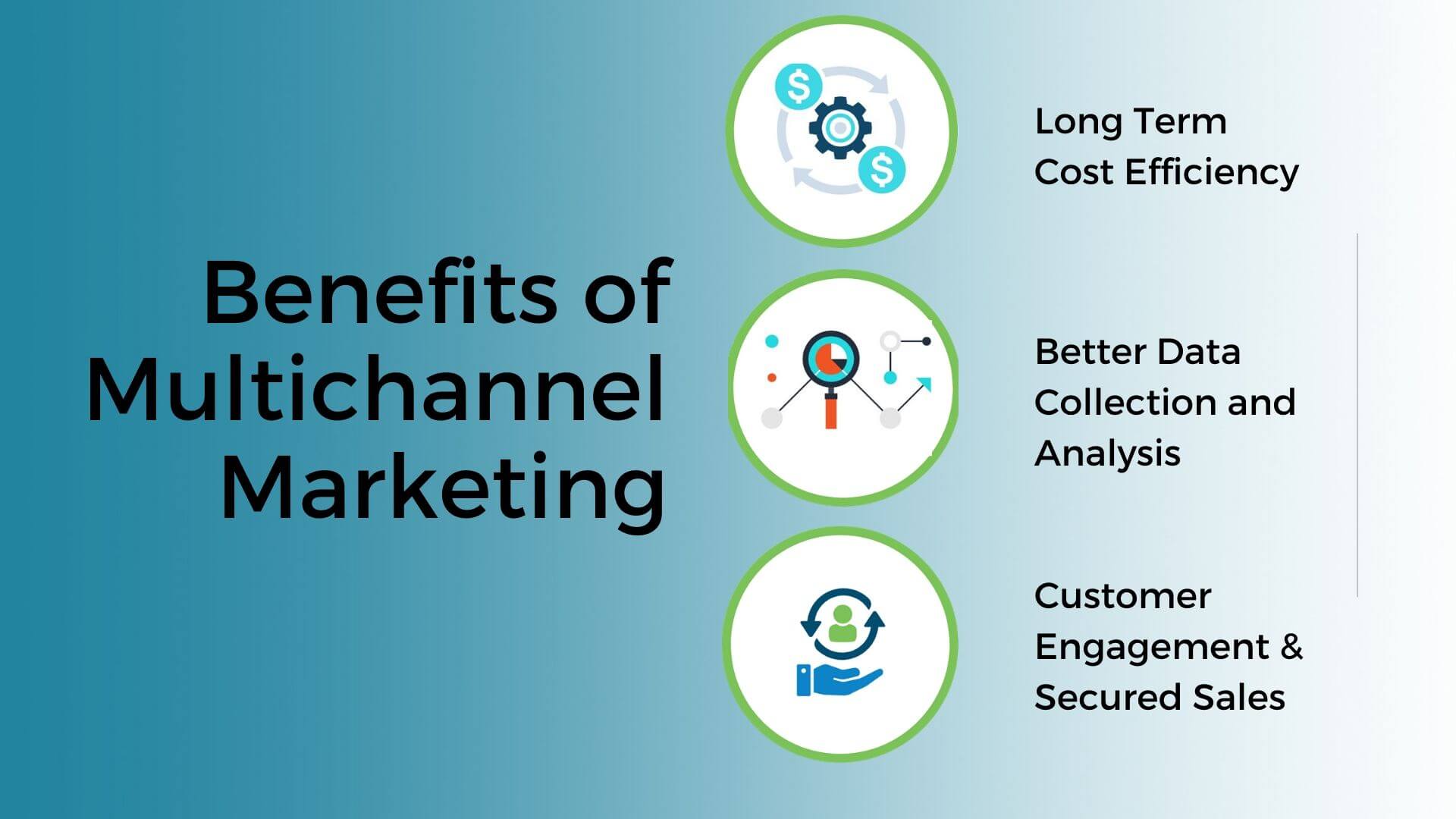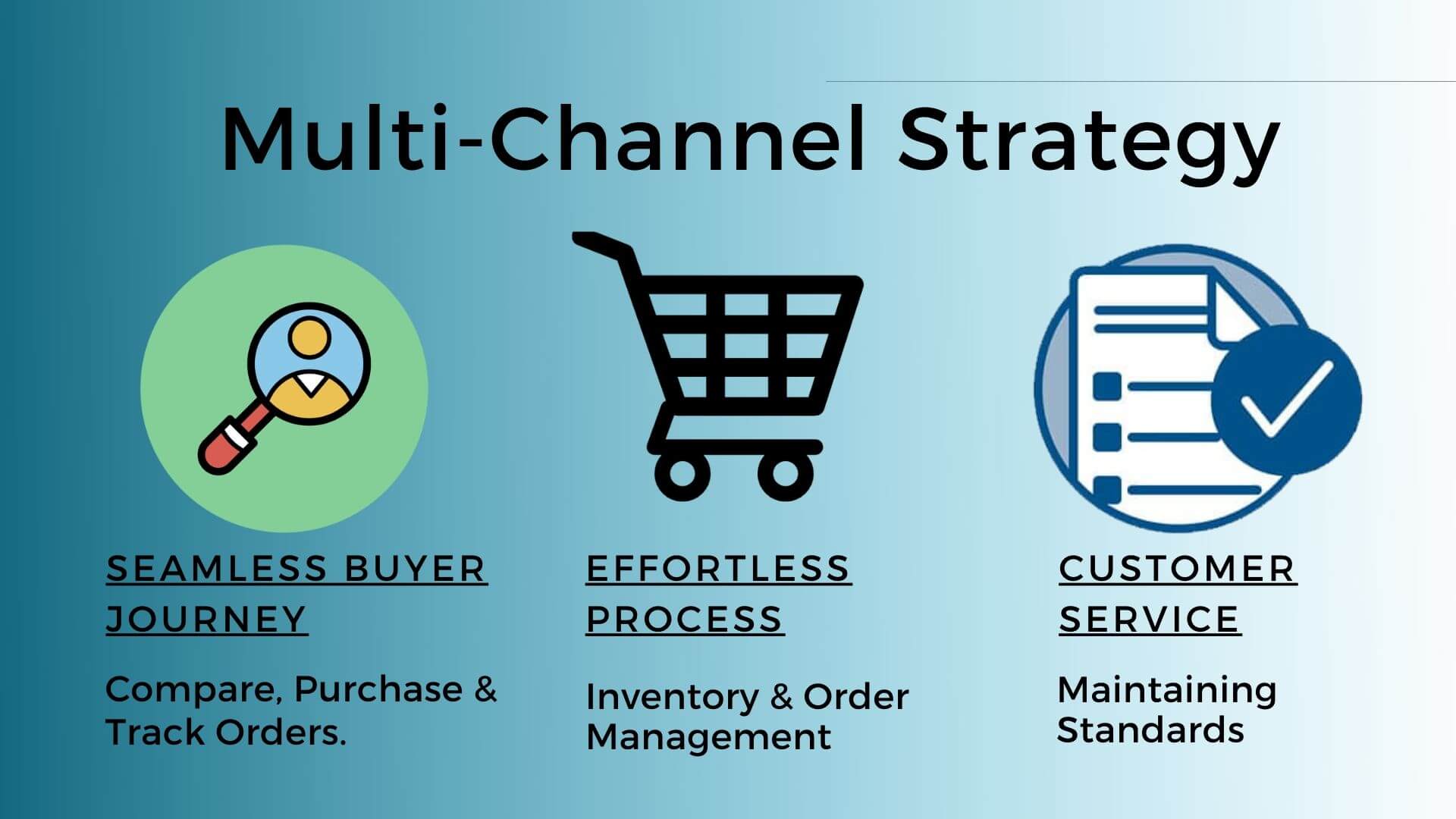The origin of eCommerce dates back to the 1960s when Electronic Data Interchange took its first steps. Its actual growth, however, began with the advent of the 1990s.
In the last two decades, technology took flight and opened the floodgates of innovation, taking eCommerce to new heights. Marketers, advertisers, sellers, and consumers alike contributed to and benefited from online marketplaces. Profits grew, as did the trend of shopping online.
It’s only reasonable to expect that 2020 will be a successor to that progress.
In such a rapidly growing industry, it’s natural for sellers to worry about driving growth. All sorts of uncertainties surround their motivation. Is their pricing strategy market-relevant? Should they stick to eBay or Amazon, sell at other marketplaces, go mobile, or change platforms?
More importantly, how can they beat the competition in wooing their target consumer demographic?
Plenty of doubts; a single solution. Say Hello to Multi-Channel Marketing!
A Brief Introduction to Multi-Channel Marketing
Multi-channel marketing is defined as the implementation of a single marketing plan across different channels. It allows businesses to interact with their target customers through various platforms, increasing their chances of conversion.
For instance, a multi-channel marketing strategy can use mediums like-
- Retail website
- Email marketing
- Affiliate marketing
- Paid search
- URL navigation
- Online marketplaces like Amazon, eBay, etc.
- Mobile applications
- Search ads
- Social media channels, like Facebook, Instagram, Twitter, etc.
While a splendid opportunity, multi-channel marketing also poses a grave challenge for eSellers. It requires adequate multiple marketplace management to ensure success. But, more on that later!
Multi-Channel Marketing Will be a Key Part of Business Strategies in 2020
In 2019, the global digital buyer count reached 2 billion(approx.) That roughly amounts to 25% of the global population that’s shopping online.
And, it’s not the only number that’s going up!
Over the last decade, online search and shopping trends have considerably evolved. Shoppers now prefer searching for products on marketplaces, instead of Google.
A 2018 consumer survey noted that many product searches were initiated on eBay, Amazon, Etsy, & other online markets. Amazon left Google behind by claiming 54% of product searches last year. And, Google retorted by launching its mainstream shopping sub-division.
Simply put, there is a lot of noise in the eCommerce industry right now.
- Competition is tough.
- Technology is evolving at a lightning-fast speed.
- Customers have become smarter; their expectations are getting bigger by the day.
Plus, some stark changes have been noticed in the way consumers shop & marketers have been forced to adapt. Just look at what the figures say!
- 72% of consumers prefer brands with a multi-channel presence
- 87% of online shoppers believe that social media influences their buying decisions
- Marketers across the globe agree that re-engineering customer journeys by their preferences on multiple channels is “the single most exciting digital opportunity” right now
- 95% of marketers admit that multi-channel strategies are vital for targeting customers
- 78% of Millennials use social selling tools. 63% consider them crucial to business
- 49% of consumers in the age group of 18-29 have bought products after seeing a social media ad
- 91% of retail brands utilize two social media sites (at least) for marketing purposes
You saw the numbers! Now, remember this mantra- there is no such thing as channel loyalty anymore.
Online sellers can no longer afford to sit at a single station and take what’s coming their way. Present-day consumers are shopping across a wide range of channels. They are also using social media, retail websites, online marketplaces, and comparison engines to explore all options.
Their aim is quite straightforward-to extract the best possible deals on any product. For an eCommerce business, this exploratory shopping nature has created a need to adapt. To succeed in the current market, you need to go where your customers are. That’s why multi-channel marketing is a crucial tool in your arsenal.
The Benefits of Multi-Channel Marketing
When utilized properly, a multi-channel marketplace management strategy can help you draw in more customers & stay ahead of the competition.
- An opportunity to reach diverse audience groups
- More chances to engage customers and secure sales
- Helps marketers make sense of fragmented buyer journeys
- Empowers eSellers to conduct more effective and targeted marketing campaigns
- More opportunities to create a consistent customer experience across different touchpoints
- Better efficiency in responding to a wide range of consumer queries
- Cost-effective in the long-term
- Lower costs of customer acquisition
- Better data collection and analysis
- Improved ROI
Think about it- when a customer sees you everywhere, they are bound to notice you. But, to run a successful multi-channel marketing campaign, management is the key. You can’t let ambiguous messages run amok, creating confusion and frustration among your audience.
You need to engage them properly and optimize your plans by their preferences. Be different but consistent. Don’t be intrusive. And, bring something unique to the table.
Rest assured, your audience will not only notice you but also remember you.
Top 3 Marketing Channels eCommerce Businesses Must Consider
There are a variety of channels that eCommerce businesses can use to build their presence. However, we suggest three of the best ones that you should use. Pay special attention if this is your first-ever multi-channel marketing campaign.
Website
Having your store is like a mark of reliability and trustworthiness. Not only is it a great way to grow your brand, but it also gives you direct access to customers.
On a website, you can collect customer data (email IDs, numbers, etc.) They can be used to share promotions, discounts, and offers with the customers. The website makes it easier to contact new and old customers. Plus, it’s cheaper, since there is no marketplace commission involved.
A website also gives you many opportunities to-
- Promote your entire catalog
- Provide better customer service
- Learn more about your clients
- Establish your brand & strengthen its reputation
- Directly impact the buyer’s journey through attractive offers
- Experiment with the look & feel
- Use designs that appeal the most to your customers
- Promote your products without worrying about a competitor ad popping up on your page
- Run creative campaigns to drive traffic to your website and from there to other channels
Amazon
Amazon is the world’s leading online retail marketplace.
Nine out of ten people prefer to conduct a price check for any product on Amazon. 54% of product searches occurred on Amazon last year. As of 2018, it has 310 million active buyers(and counting.) Some Amazon warehouses have shipped as many as a million items a day during the holiday seasons.
Ergo, if you haven’t started to sell at the Amazon marketplace, you’re missing out on a massive chance at success.
Amazon is not only popular but also, preferred by many shoppers across the world. It’s got a stellar reputation, programs like Prime & FBA, and a well-established customer service system. Plus, you wouldn’t be charged for posting a listing. Sellers only have to pay when they sell an item.
Simply put, there are many benefits of selling on Amazon.
- Access to a vast potential customer base
- Packing and shipping services
- Sturdy back-end infrastructure
- An extensive network of affiliates
- Ease of shopping for customers
Also, Amazon is a leading product search engine. It offers sellers an opportunity to promote their listings for free, as long as they can woo the Amazon ranking algorithm.
You can quickly rise in the search rankings with creative copy writing. Or, you can hire a good product listing/data entry service for your Amazon store. They would know what makes the ranking algorithm tick.
eBay
Traditionally an auction-marketplace, eBay currently enjoys a significant standing in the eCommerce arena. It’s considered the perfect place for selling unique items, vintage products, and handcrafted stuff. Recently, it has also emerged as a thriving marketplace for other general items, a close second to Amazon.
The strongest advantage of selling on eBay is the ability to carve a presence for your brand. Here, shoppers can interact with sellers and identify with their propositions before making a purchase.
Plus, eBay offers an easily customizable storefront that adds to its benefits for sellers.
While selling on eBay requires setting up the entire store, it also provides a lot of flexibility and control to sellers. You can set the policies for shipping & return and promote your items with appropriate images and content of your choice. Many sellers also hire eBay product listing & data entry services to create listings with accurate but creative content.
eBay sellers have to pay a fee for every listing they post after the first fifty. However, you get immediate access to any revenue your store generates. And, the auction format remains a remarkable feature of eBay that, if used wisely, can impact your ROI positively.
Creating an Effective Multi-Channel Strategy Takes Work
When you start on the path of multi-channel marketing, there is a lot that needs taking care of. You must choose the right channels, manage the inventory, ensure proper customer service, etc. However, the most important of all is staying unique enough to maintain an upper hand over your competitors.
Here is what a multi-channel marketing strategy should achieve, ideally.
- A seamless buyer journey that lets the consumer quickly search for, locate, compare, purchase, and track their orders
- An effortless process for managing inventory & orders on multiple levels while generating revenue and maintaining excellent service standards
Building a multi-channel marketing plan isn’t enough. You also need to manage all aspects of your strategy and do it better than your competitors.
Here are some quick tips to help you along.
- Choose channels that cater to your niche consumer demographic
- Never compromise on customer service
- Focus on understanding the logistics and regulations of different channels instead of hurriedly scaling across many at once
- Manage your inventory carefully to avoid representing the wrong information at any of your online stores
- Tweak your strategy for different channels
Let the Professionals Help You Scale through Multi-Channel Marketing
Data4eCom is the perfect global partner for all your multi-channel marketing needs. We’ve established ourselves as one of the best companies for outsourcing eBay/Amazon listings on different retail channels. With us, you get a unique blend of technological know-how, industry expertise, and proven methodologies.
We understand what online retailers want when they set out on a multi-channel campaign. From marketplace management services to Amazon/eBay listings, virtual assistants for data entry, product upload, & multi-channel inventory– we take care of everything.
Get in touch with us at info@data4ecom.com and we’ll help you get started!





